Hawkers Dragonfly
- April 4, 2024
- 0 comment
The Hawkers Dragonfly, also scientifically referred to as Anisoptera, is a captivating insect renowned for its aerial prowess and striking appearance. These enchanting creatures belong to the order Odonata and are characterized by their large, transparent wings, elongated bodies, and vibrant colors. Found across various continents, except Antarctica, they inhabit a wide range of freshwater habitats such as lakes, rivers, ponds, and marshes. Their life cycle comprises four distinct stages: egg, larva (nymph), pupa, and adult, with each stage contributing to their fascinating journey. As voracious predators, Hawkers Dragonflies play a crucial role in maintaining ecological balance by preying on mosquitoes, flies, and other insects.
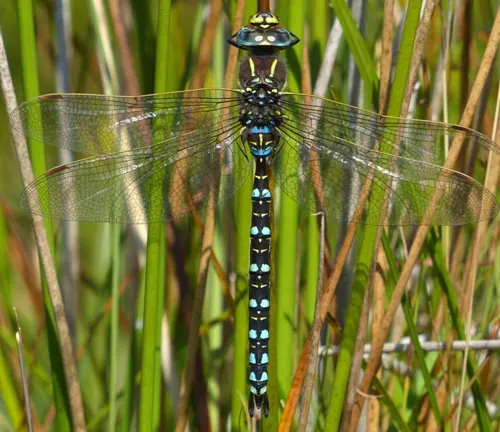
Beyond their ecological significance, they hold cultural and economic importance in many societies, symbolizing strength, agility, and transformation, while also contributing to local economies through ecotourism. However, despite their resilience, these magnificent insects face threats from habitat loss, pollution, and climate change, highlighting the need for concerted conservation efforts to ensure their continued survival. In conclusion, the Hawkers Dragonfly stands as a testament to nature’s beauty and resilience, captivating observers with its aerial acrobatics and ecological contributions.
| Specification | Description |
|---|---|
| Scientific Name | Anisoptera |
| Order | Odonata |
| Habitat | Freshwater habitats such as lakes, rivers, ponds, marshes |
| Distribution | Found on every continent except Antarctica |
| Size | Varies, with wingspans ranging from a few centimeters to over a foot |
| Body Shape | Elongated and slender |
| Wing Characteristics | Large, transparent wings with intricate patterns |
| Predatory Behavior | Voracious predator, feeds on mosquitoes, flies, and other small insects |
| Life Cycle Stages | Egg, larva (nymph), pupa, adult |
| Cultural Significance | Symbolizes strength, agility, and transformation |
| Economic Importance | Contributes to local economies through ecotourism |
| Threats | Habitat loss, pollution, climate change |
| Conservation Efforts | Habitat restoration, pollution control, public awareness campaigns |
Hawkers Dragonfly
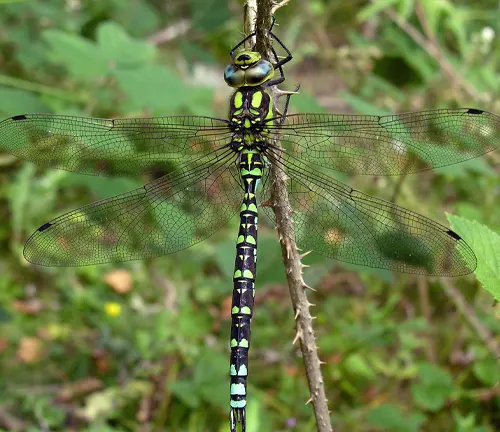
Hawkers Dragonfly, scientifically known as Anisoptera, are mesmerizing creatures that belong to the insect order Odonata. They are characterized by their large, transparent wings and swift flight, making them a fascinating subject of study for entomologists and nature enthusiasts alike.
Physical Characteristics
The physical characteristics of the Hawkers Dragonfly are diverse and fascinating. These insects typically have elongated bodies and large, multifaceted eyes that provide them with excellent vision. Their most striking feature is their wings, which are transparent and delicately veined, enabling them to move with remarkable agility and grace through the air. The wingspan of a Hawkers Dragonfly can vary greatly depending on the species, ranging from a few centimeters to over a foot in some cases. Additionally, they often exhibit vibrant colors and intricate patterns on their bodies, adding to their visual appeal. Overall, the physical attributes of the Hawkers Dragonfly contribute to its remarkable beauty and adaptability in various environments.
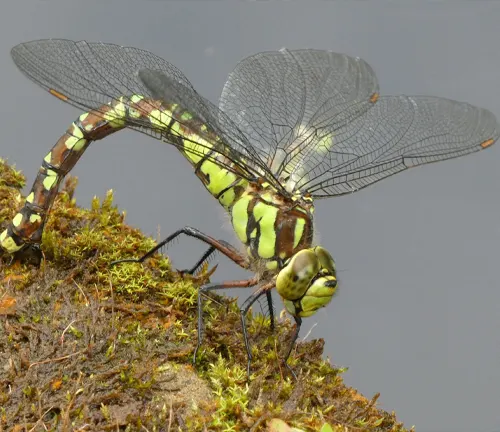
Habitat and Distribution
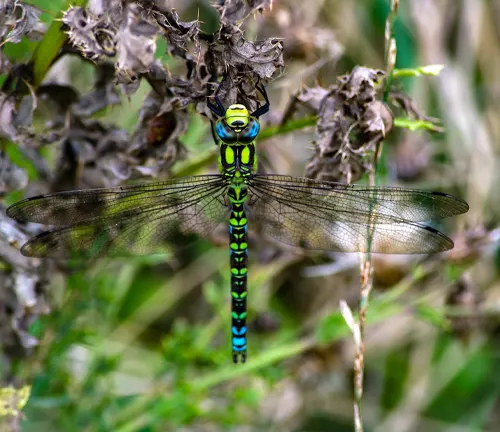
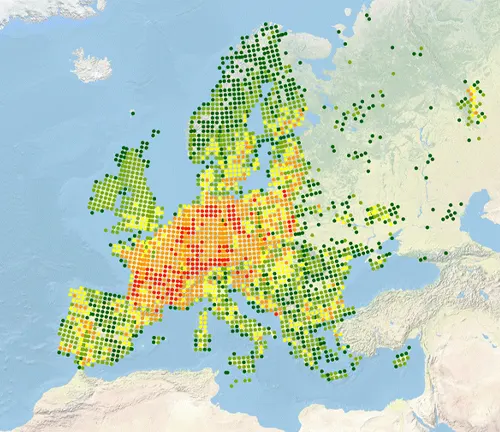
Habitat and distribution play crucial roles in understanding the ecology of Hawkers Dragonflies. These remarkable insects are found in a wide range of freshwater habitats, including lakes, rivers, ponds, marshes, and wetlands. They prefer areas with ample vegetation and clean water, as these provide suitable breeding sites and abundant prey.
Hawkers Dragonflies have a global distribution, with species found on every continent except Antarctica. However, they are most diverse and abundant in tropical regions, where warm temperatures and abundant water sources support thriving populations. In temperate regions, they are more common during the warmer months of the year, with some species undertaking seasonal migrations to escape harsh weather conditions.
Life Cycle

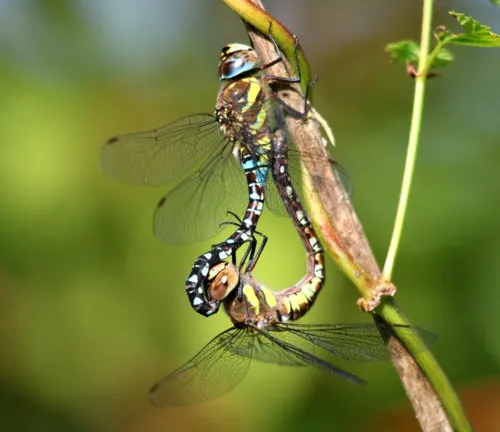
The life cycle of a Hawkers Dragonfly is a fascinating journey that encompasses four distinct stages: egg, larva (nymph), pupa, and adult. This metamorphosis is essential for their survival and reproduction.
It begins when a female dragonfly lays her eggs in or near water, typically on vegetation or submerged surfaces. These eggs hatch into aquatic larvae known as nymphs, which spend the majority of their lives underwater. Nymphs are voracious predators, feeding on small aquatic organisms such as mosquito larvae, fish fry, and tadpoles. They undergo several molts as they grow, shedding their exoskeletons to accommodate their increasing size.
After a period of development, nymphs emerge from the water and undergo metamorphosis to transform into adult dragonflies. This process occurs when the nymph climbs out of the water onto a suitable surface, where it undergoes its final molt to shed its aquatic exoskeleton and reveal the wings of the adult dragonfly. This newly emerged adult, known as a teneral, is soft-bodied and vulnerable until its wings fully expand and harden.
Once the adult dragonfly has fully developed, it begins its aerial life, hunting for prey, mating, and participating in the reproductive cycle. Adult dragonflies have a relatively short lifespan, ranging from a few weeks to a few months, during which they play a crucial role in pollination and controlling insect populations.
Behavior and Adaptations


Hawkers Dragonflies exhibit fascinating behaviors and possess remarkable adaptations that enable them to thrive in their environments. As agile aerial predators, they have evolved specialized hunting techniques, utilizing their keen eyesight and lightning-fast reflexes to capture prey mid-flight. Their ability to maneuver with precision allows them to navigate complex environments and evade predators effectively. Additionally, dragonflies display territorial behavior, defending their hunting grounds and mating territories from intruders. These behaviors, coupled with adaptations such as their streamlined bodies and powerful flight muscles, contribute to their success as apex predators in aquatic ecosystems.
Importance in Ecosystem
Hawkers Dragonflies play vital roles in maintaining ecosystem balance and functioning. As voracious predators, they help control insect populations, including mosquitoes, flies, and other pests, thereby reducing the risk of disease transmission and crop damage. Furthermore, dragonflies serve as important prey for birds, fish, and other predators, forming an essential link in food webs. Their presence also indicates the health of freshwater ecosystems, as they are sensitive to changes in water quality and habitat degradation. Overall, Hawkers Dragonflies contribute to biodiversity, ecological stability, and the overall health of aquatic environments.

Conservation Status
Despite their ecological importance, many species of Hawkers Dragonflies face threats from habitat loss, pollution, climate change, and other human activities. Wetland destruction, urbanization, agricultural runoff, and pesticide use pose significant challenges to their survival. As a result, several species are listed as threatened or endangered, requiring urgent conservation action to protect their habitats and populations. Conservation efforts aimed at habitat restoration, pollution control, and public awareness are essential for safeguarding these invaluable insects and their ecosystems.
Interactions with Humans
Hawkers Dragonflies have long captivated human interest and imagination, featuring prominently in art, literature, and folklore around the world. They are admired for their beauty, agility, and symbolic significance, often representing qualities such as strength, transformation, and resilience. In some cultures, dragonflies are revered as symbols of good luck and prosperity, while in others, they are associated with supernatural beings or spiritual beliefs. Additionally, dragonfly-related tourism and ecotourism contribute to local economies in regions where these insects are abundant, providing opportunities for education, recreation, and conservation.
Research and Study
Scientific research on Hawkers Dragonflies continues to expand our understanding of their biology, behavior, ecology, and conservation needs. Studies focus on a wide range of topics, including migration patterns, mating behavior, population dynamics, and the impact of environmental stressors on their survival. Advances in technology, such as GPS tracking, genetic analysis, and remote sensing, have revolutionized our ability to study dragonflies in their natural habitats. Ongoing research is essential for informing conservation strategies, management practices, and policy decisions aimed at protecting these invaluable insects and the ecosystems they inhabit.
Interesting Facts
- Dragonflies have been around for over 300 million years, predating dinosaurs.
- Some species of dragonflies can fly at speeds of up to 30 miles per hour.
- Dragonflies have excellent vision, with nearly 360-degree panoramic vision.
- They are agile aerial predators, capable of catching prey mid-flight with remarkable precision.
Challenges and Threats
Despite their resilience, Hawkers Dragonflies face numerous threats in the modern world. Habitat destruction, pollution, climate change, and pesticide use pose significant risks to their survival. Additionally, the loss of wetland habitats and water pollution directly impact their breeding sites and food sources.
Future Outlook
The future of Hawkers Dragonflies hinges on our collective efforts to conserve their habitats and protect their populations. Conservation initiatives, habitat restoration projects, and sustainable land management practices are crucial for ensuring their long-term survival. By raising awareness and fostering appreciation for these magnificent insects, we can contribute to their preservation and the preservation of biodiversity as a whole.
Different Species
Emperor Dragonfly
(Anax imperator)
Known for its large size and powerful flight, the Emperor Dragonfly is one of the most iconic species in the Anisoptera order. It boasts a striking appearance with its iridescent blue-green body and prominent wingspan.
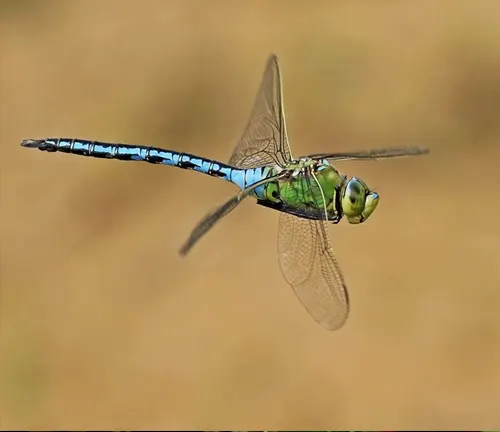
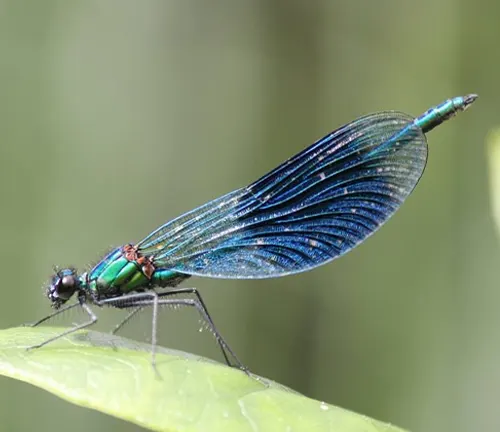
Banded Demoiselle
(Calopteryx splendens)
Characterized by its shimmering iridescent wings, the Banded Demoiselle is a visually stunning species of dragonfly. Found near slow-flowing streams and rivers, it is admired for its delicate beauty and graceful flight.
Migrant Hawker
(Aeshna mixta)
As its name suggests, the Migrant Hawker is known for its migratory behavior, traveling long distances in search of suitable breeding grounds. With its distinctive markings and agile flight, it is a common sight in wetland habitats across Europe.
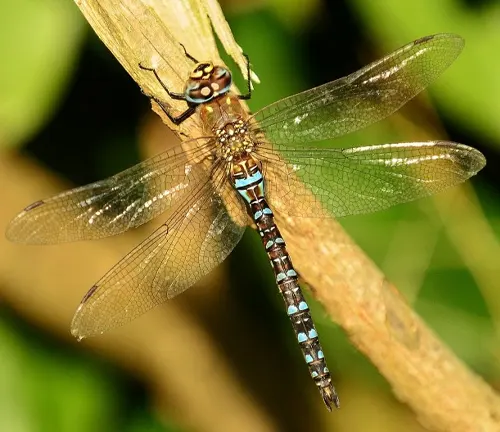
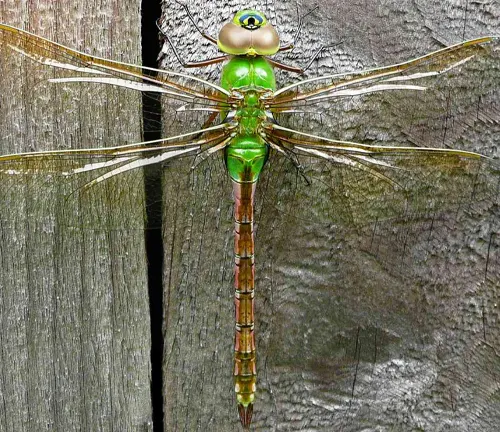
Green Darner
(Anax junius)
The Green Darner is a widespread species found throughout North America, known for its vibrant green coloration and rapid flight. It is often spotted near ponds, lakes, and marshes, where it hunts for prey with remarkable agility.
Scarlet Dragonfly
(Crocothemis erythraea)
With its bright red abdomen and transparent wings, the Scarlet Dragonfly is a striking species found in Africa, Europe, and Asia. It frequents freshwater habitats and is admired for its bold coloration and elegant flight.
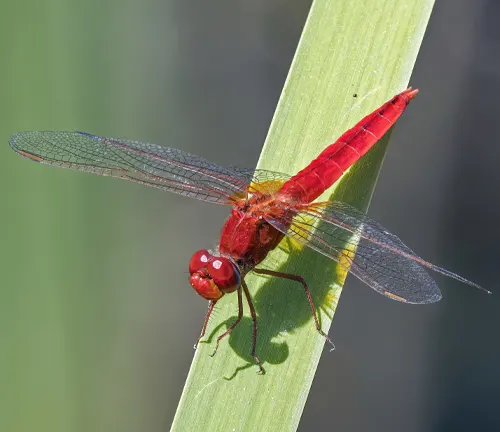

Common Darter
(Sympetrum striolatum)
Found across Europe and parts of Asia, the Common Darter is a small yet resilient species known for its reddish-brown coloration and darting flight. It inhabits a variety of freshwater habitats, including ponds, lakes, and rivers.
Blue Skimmer
(Orthetrum caledonicum)
Native to Australia and parts of Southeast Asia, the Blue Skimmer is characterized by its vibrant blue coloration and distinctive wing markings. It is often seen perching on vegetation near water bodies, where it patrols its territory and hunts for prey.
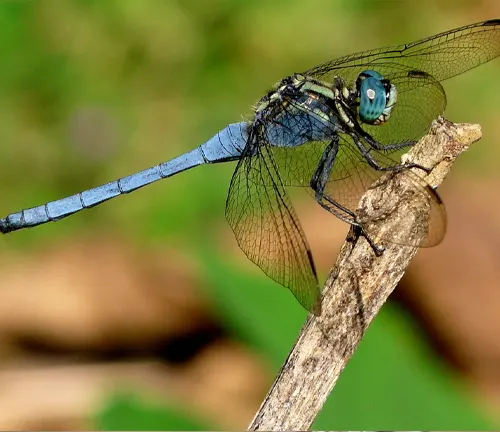
Frequently Asked Question (FAQs)
- What is the difference between a dragonfly and a damselfly?
Dragonflies typically have bulkier bodies and hold their wings horizontally when at rest, while damselflies have slender bodies and hold their wings vertically. - How fast can dragonflies fly?
Dragonflies are incredibly agile fliers and can reach speeds of up to 30 miles per hour. - Do dragonflies sting or bite humans?
No, dragonflies are harmless to humans and do not sting or bite. They are beneficial insects that help control mosquito populations. - What do dragonflies eat?
Dragonflies are predatory insects and feed on a variety of small insects such as mosquitoes, flies, and gnats. - Why are dragonflies attracted to water?
Dragonflies lay their eggs in or near water, and their larvae (nymphs) are aquatic, so they are often found near freshwater habitats where they can reproduce and find food. - How long do dragonflies live?
The lifespan of a dragonfly varies depending on the species, but most adult dragonflies live for several weeks to a few months. - Are dragonflies good for the environment?
Yes, dragonflies play a crucial role in ecosystems by controlling insect populations and serving as prey for birds and other predators. - Can dragonflies see well?
Yes, dragonflies have excellent vision, with nearly 360-degree panoramic vision that allows them to detect prey and predators with precision. - Do dragonflies migrate?
Some species of dragonflies are known for their migratory behavior, traveling long distances in search of suitable breeding and feeding grounds. - How do dragonflies mate?
Dragonflies mate in flight, with the male grasping the female by the back of her head or thorax while they fly together in a tandem position. - What are the predators of dragonflies?
Predators of dragonflies include birds, fish, frogs, and other larger insects. - How do dragonflies avoid predators?
Dragonflies are agile fliers and have evolved various escape tactics such as rapid flight maneuvers and camouflage to avoid being caught by predators.




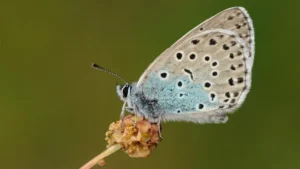
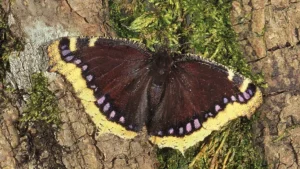
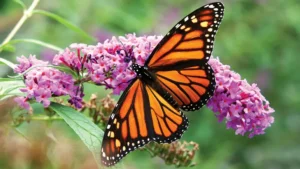

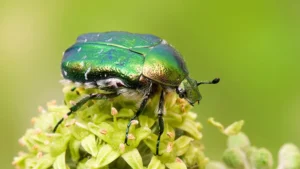
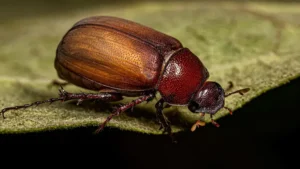

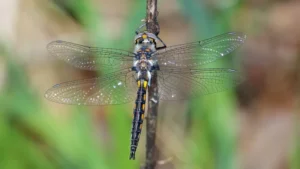
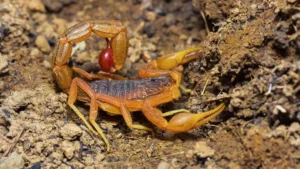
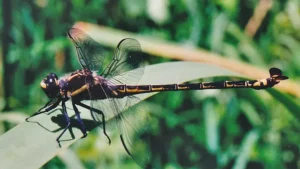
Leave your comment